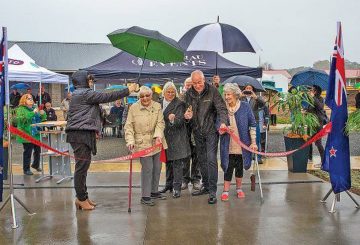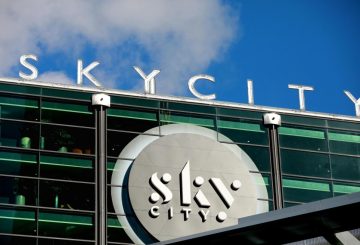Parcel delivery is up 100 percent over the pre-Covid-19 period as customers rush to get their orders in for the holiday season, with just 35 days shopping days left to Christmas.
A new survey by Mastercard indicates 45 percent of consumers are still keen to shop in-store, but about half of them are waiting until December before hitting the streets.
In the meantime, most consumers have been shopping online, giving some courier services more business than they can handle.
In some cases, consumers are finding it impossible to have their parcels picked up for delivery, with calls to Aramex’s customer service line going unanswered.
RNZ also tried unsuccessfully to get through to the help line and Aramex’s corporate head office.
NZ Post is also struggling to keep up with deliveries, but is still offering pick-up services.
“Please expect delivery delays of up to five working days in Hamilton, four working days in Auckland, and one working day for the rest of New Zealand,” NZ Post’s website states, adding that customers should wait before calling for assistance.
“If you are in Auckland or Hamilton please do not call unless your parcel has been delayed longer than 10 working days, or five working days for the rest of NZ.”
Freightways, which typically does more business-to-business deliveries than home deliveries, said the residential business was much busier than any normal pre-Christmas period.
Freightways chief executive Mark Troughear said the company had seen strong growth from residential customers, with business up 100 percent from the pre-Covid period.
“So more volume from existing customers, new people coming to market and customers switching over to our brands like New Zealand Couriers and Post Haste,” he said, expecting that demand would begin to ease as business-to-business delivery picked up.
“As people come back to work, those business-to-business volumes will increase and I would expect the home delivery would just ease off a bit as people get back into retail, hospitality services businesses.”






























































